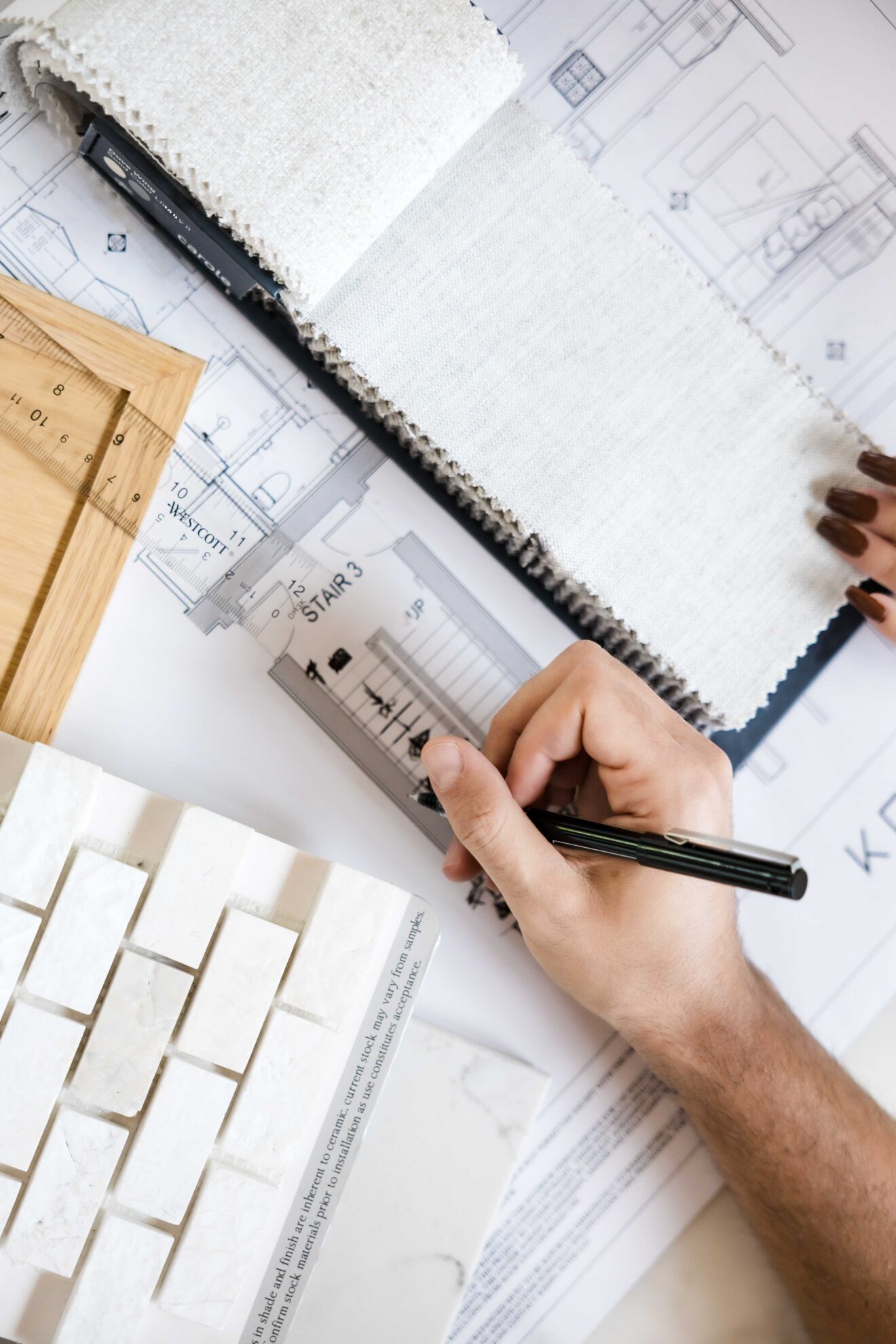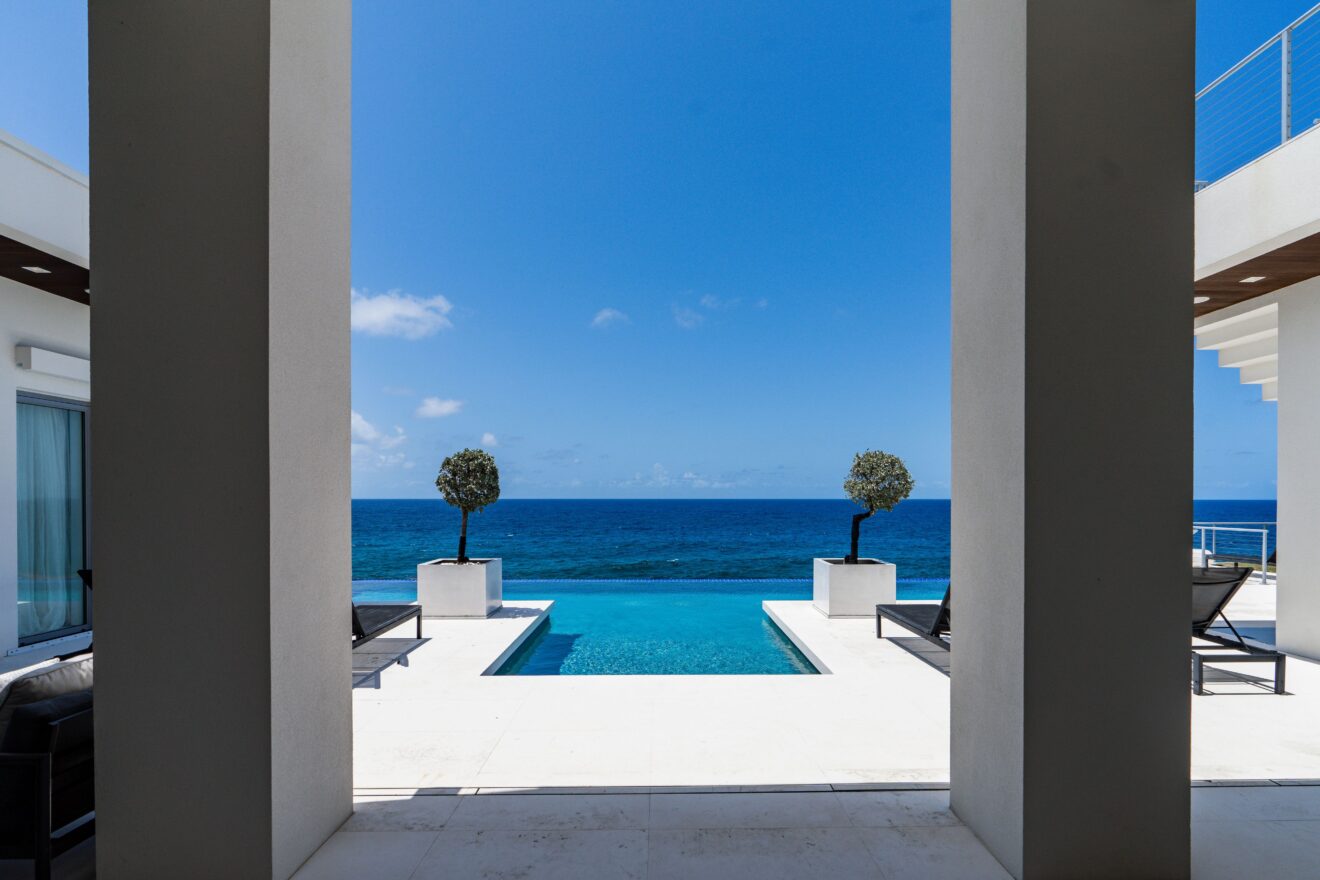Introduction: Setting the Scene
At Kempa Design, every project is an opportunity to craft spaces that feel intentional, functional, and timeless. From private residences to large-scale developments, the focus is always on creating environments that truly work for the people who inhabit them. Today, we’re sitting down with one of the driving forces behind Kempa Design’s vision, Justin Szigeti, whose expertise in interior architecture and full-service design has shaped some of the most transformative spaces in the industry.
In this Q&A, we explore how thoughtful design connects sightlines and flow, the art of balancing beauty with function, and why designing for the future matters just as much as designing for today.
Q: At Kempa Design, what’s the starting point for every project?
“Every project begins with a conversation. It’s not just about aesthetics—it’s about understanding the client’s goals, lifestyle, or business objectives. Whether it’s a homeowner who wants a serene retreat or a developer planning a multi-unit property, we start by asking: What should this space do for you? This question anchors everything else, from layout decisions to material selection.”
Q: How do sightlines and flow influence the overall feel of a space?
“Sightlines and flow are foundational to great design. Imagine walking into a space and being immediately drawn to an outdoor view or a statement feature—those intentional sightlines create a sense of connection. At the same time, flow ensures that moving through the space feels natural. When these two elements are aligned, the space just feels right.
For example, we design so that doors don’t open to reveal utility areas or distractions. Instead, we use framing techniques, like aligning doorways or integrating architectural details, to guide the eye and movement seamlessly.”*
Q: How does Kempa Design balance function and beauty?
It’s a constant dialogue. Function always comes first because a space that doesn’t work will never feel beautiful. But once the functional foundation is set—things like optimized layouts, built-in storage, and durable finishes—then we layer in aesthetics.
This might mean selecting lighting that doubles as both a practical solution and a sculptural element or using texture and color to create depth without overwhelming the space. The goal is always to ensure that the practical elements are as refined as the decorative ones.”*
Q: Customization seems to be a key focus in your work. Can you share why that matters?
Customization is what elevates a space from standard to exceptional. Every client’s needs are unique, and so are the challenges of their projects. For instance, custom millwork can transform an awkward corner into a functional storage solution or add character to a room with integrated shelving that doubles as a design feature.
By tailoring the details—whether it’s furniture, finishes, or layouts—we ensure that each space feels personal and intentional, not cookie-cutter.”*
Q: What role does lighting play in transforming a space?
“Lighting is transformative. It’s not just about seeing—it’s about shaping how a space feels. Ambient lighting sets the mood, task lighting ensures functionality, and accent lighting highlights key elements like art or architectural details.
For example, in open-concept spaces, layered lighting can subtly define zones without the need for walls, making the entire layout feel cohesive. We often encourage clients to consider dimmers and flexible fixtures, so the lighting can adapt to different times of day or activities.”*
Q: Many of your projects include multi-functional spaces. How do you design for adaptability?
“Multi-functional spaces are all about flexibility. Whether it’s a guest room that doubles as an office or a family room with hidden storage, we focus on creating zones that serve distinct purposes without feeling disjointed.
We often use modular furniture, sliding partitions, or custom built-ins to achieve this. These solutions allow spaces to evolve with changing needs while maintaining a sense of unity. It’s this adaptability that makes spaces feel both practical and enduring.”
Q: Sustainability is becoming increasingly important in design. How does Kempa Design approach this?
“Sustainability is a key consideration for us. It’s not just about using eco-friendly materials—it’s about designing for longevity. A well-planned space that functions beautifully won’t need to be overhauled in a few years, which is a sustainable approach in itself.
We also work with suppliers who prioritize ethical sourcing and recommend durable materials that stand the test of time, reducing waste and the need for replacements.”
Q: For someone considering their first design project, what advice would you give?
*”Start with clarity. Define your goals for the space and think about how it needs to serve you—not just now but in the future. Gather inspiration but keep an open mind, especially when working with a designer. We bring expertise that can help refine your vision or reveal opportunities you might not have considered.
Finally, trust the process. Great design takes time and collaboration, but the results are always worth it.”*
Conclusion: Designing with Intention
At Kempa Design, the focus is always on creating spaces that feel effortless yet intentional, balancing sightlines and flow, beauty and function. As Justin so aptly puts it, “A space isn’t finished when it looks good—it’s finished when it works perfectly for the people who use it.” Whether you’re planning your dream home, rethinking a rental property, or designing a large-scale development, Kempa Design is here to guide you every step of the way.




